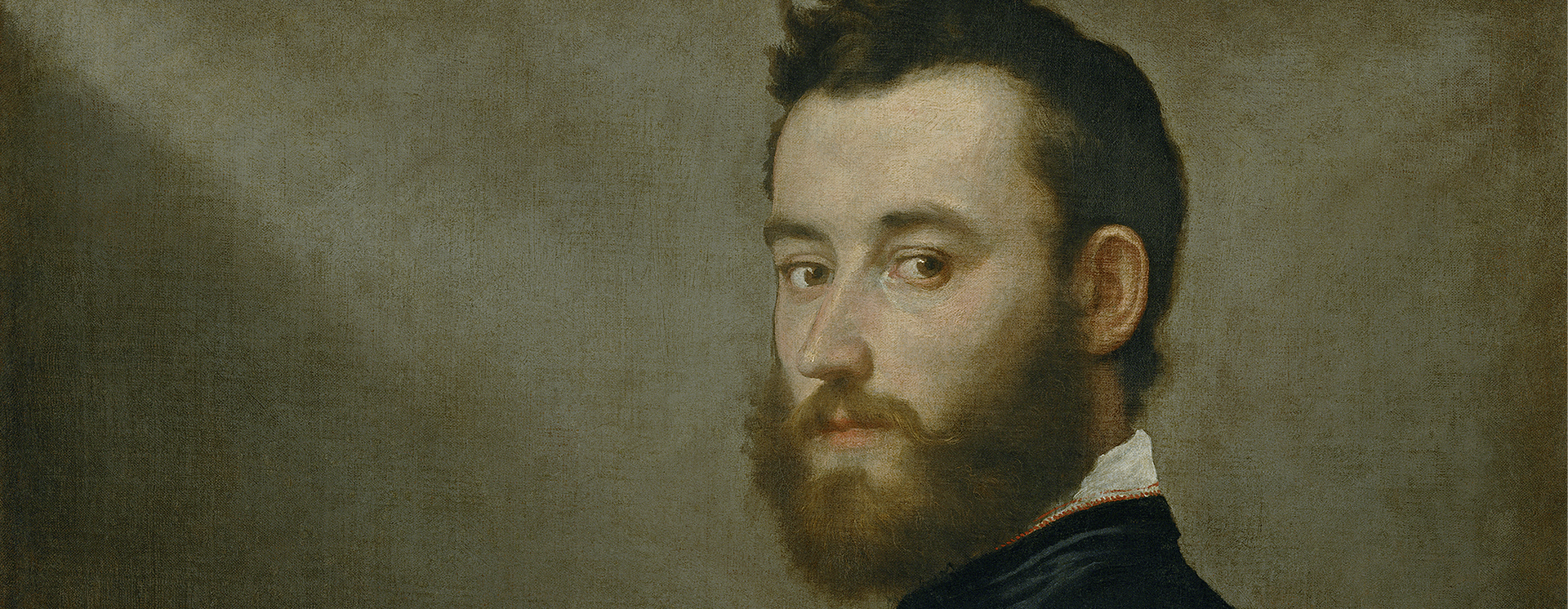The splendid Sala Alessi at Palazzo Marino hosts Musical Portraits on 18 February, 3 March and 17 March 2024. Three concerts organised by EquiVoci Musicali in collaboration with Gallerie d’Italia – Milan, with the support of Intesa Sanpaolo, within the scope of the exhibition Moroni. (1521 – 1580) The portrait of his time.
Giovan Battista Moroni was a renaissance painter of important devotional works and an innovative portrait artist capable of “photographing with his brush” the reality of his time with contemporary spirit and taste. He chose people of modest social extraction as the subjects of his canvases, lower middle class people who lived in the provinces, successfully capturing their natural expressions without foregoing a profound psychological analysis of those who sat for him. An original, modern, versatile man who lived an unconventional life. He is the source of inspiration for this triptych of concerts to accompany the exhibition “Moroni (1521-1580). The portrait of his time”, hosted by Gallerie d’Italia in Milan from 6 December 2023 until 1 April 2024, with the intent of providing an all-round picture of the artist from Bergamo in nine sections.
The first concert, Voce alle donne, is inspired by Moroni’s Portrait of a gentlewoman, recently added to the Frick collections in New York and the first formal renaissance portrait depicting a woman to become part of the collection: the concert is performed by the Kontraste Duo, made up of Silvia Puggioni on clarinet and Gledis Gjuzi at the piano. The idea is to present an all-female programme, paying tribute to the huge contribution made by female composers to the world of classical music, despite the domination and fame of their male counterparts.
The second concert, Salve Regina, performed by the ensemble I Disinvolti, celebrates Moroni as a painter of sacred subjects, doing so with music dedicated to the Holy Mother, via the genius of Monteverdi, through to composers who studied in other cities in Northern Italy, like Modena, Bologna and Bergamo too.
The final concert, Pianoforte ritratto di un’ epoca, performed by twin sisters Eleonora and Beatrice Dallagnese, focuses on the piano, reflecting the style of the 19th century middle class parlour, where concerts were organised for intellectuals and members of the society of the time. Wealthy individuals and families who, first with painting and subsequently with photography, asked to be portrayed, returning paradoxically to clichés very similar to the works of Moroni centuries before.
